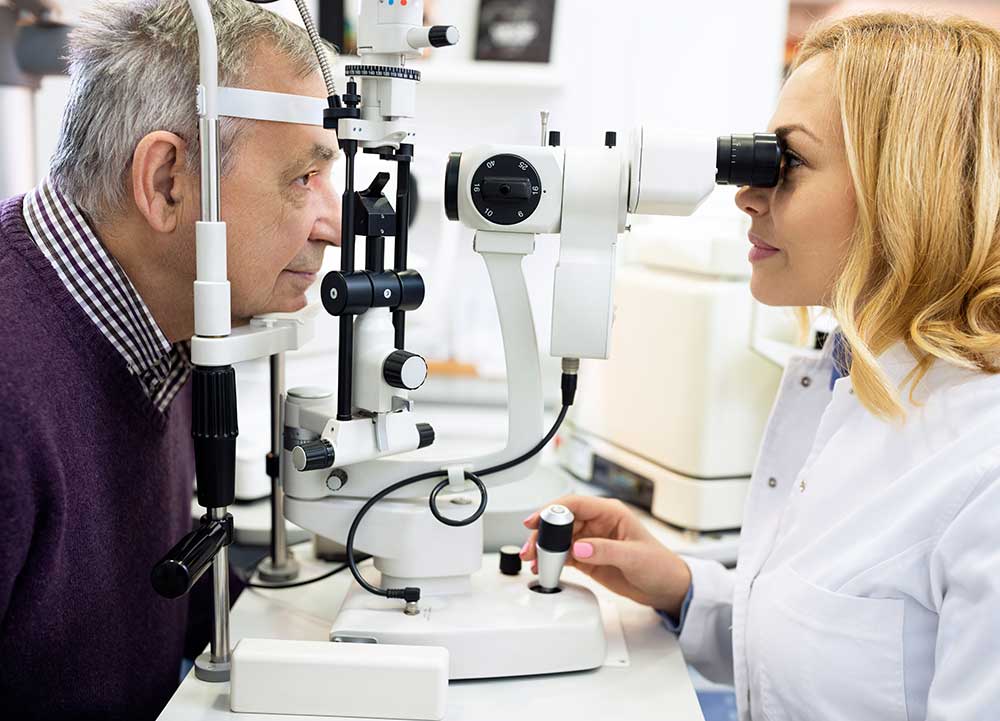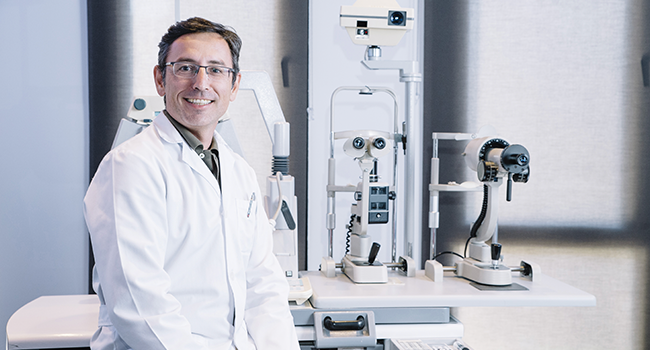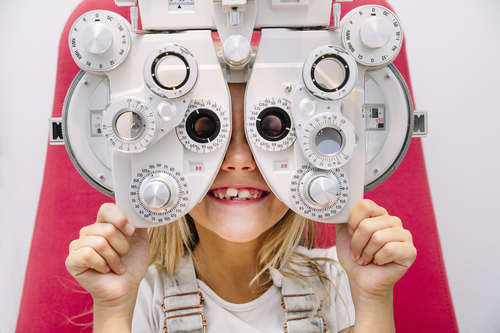How an Eye Doctor Can Transform Your Vision Health in Chino
Wiki Article
Exploring the most up to date Technical Improvements in Optometry and What They Mean for Eye Doctors
In the ever-evolving field of optometry, recent technical advancements are reshaping how specialists approach eye care. From the precision of Optical Coherence Tomography to the nuanced understandings provided by AI-driven diagnostic devices, these innovations are establishing new criteria in client evaluation and therapy. Teleoptometry is positioned to redefine availability, ensuring that experience transcends geographical restrictions. As these developments penetrate the practice, eye doctors are faced with the difficulty of embracing these devices to boost individual outcomes. Yet, the inquiry stays: just how will these technological shifts redefine the functions and responsibilities within the career?Innovations in Diagnostic Devices
Advancing the field of optometry, advancements in diagnostic devices have actually transformed the way eye care experts assess and detect aesthetic disabilities and ocular conditions. The past years has actually observed considerable technological innovations, making it possible for more extensive and precise evaluations. Optical Comprehensibility Tomography (OCT), as an example, offers high-resolution cross-sectional pictures of the retina, enabling the early detection of conditions such as glaucoma and age-related macular degeneration. This non-invasive imaging strategy has become vital in modern optometric method.Another secret advancement is the introduction of sophisticated corneal topography systems, which map the surface area curvature of the cornea with precision. These tools are especially helpful for fitting contact lenses and detecting corneal conditions. Digital retinal imaging has changed traditional ophthalmoscopy, providing in-depth, panoramic views of the retina that promote extensive aesthetic exams.
The development of wavefront aberrometry has actually likewise been vital, enabling the analysis of refractive errors with unparalleled precision (Optometrist Chino). This innovation aids in personalizing restorative lenses and boosting surgical results for refractive surgical procedures. Collectively, these diagnostic advancements equip eye doctors to deliver exceptional individual treatment, making certain early intervention and customized therapy techniques, inevitably improving visual health end results
AI in Individual Monitoring
Building on the structure of cutting-edge diagnostic devices, the consolidation of man-made intelligence (AI) in person management stands for a transformative jump for optometry. AI systems are progressively employed to boost effectiveness, accuracy, and personalization in person care.Furthermore, AI-driven platforms promote structured client communications and administrative procedures. Automated scheduling, online assessments, and personalized follow-up plans not only enhance individual complete satisfaction however additionally enhance time administration for professionals. These systems can triage people based upon the seriousness of their problems, guaranteeing that those in crucial need obtain punctual attention.
Moreover, AI enhances decision-making by giving eye doctors with evidence-based suggestions and therapy paths. By incorporating data from digital wellness documents, AI tools provide understandings that inform medical choices, lowering the threat of errors and improving person results. As AI remains to develop, its role in person monitoring will likely increase, improving the landscape of optometric treatment.
Developments in Retinal Imaging
In the realm of optometry, retinal imaging has actually observed exceptional technical innovations that are improving diagnostic capacities and person care. Advancements such as Optical Comprehensibility Tomography (OCT) and fundus photography have revolutionized exactly how eye doctors imagine and evaluate the retina.Enhanced imaging methods like OCT angiography are additional refining analysis precision. This non-invasive technique maps blood circulation in the retina, supplying crucial insights right into vascular wellness without the demand for dye injections. Furthermore, flexible optics modern technology is being incorporated right into retinal imaging systems to deal with eye aberrations, providing unmatched image clearness. Such innovations promote the identification of minute retinal adjustments that can indicate illness development.
In addition, innovations in artificial knowledge are augmenting retinal imaging by making it possible for computerized evaluation of big datasets. These systems help eye doctors in identifying patterns indicative of pathology, therefore improving analysis precision and efficiency. Collectively, these technologies are changing retinal imaging right into a foundation of contemporary eye care, enhancing end results and increasing healing possibilities.
Teleoptometry's Growing Function
Teleoptometry is progressively becoming a vital element of eye care, driven by advancements in electronic communication and diagnostic devices. This is particularly valuable in underserved and rural locations where access to specialized eye care is usually minimal.The combination of synthetic intelligence (AI) further boosts teleoptometry, enabling the evaluation of aesthetic data and aiding in the discovery of eye problems such as glaucoma and diabetic retinopathy. AI-powered formulas can swiftly analyze complicated imaging data, supplying eye doctors with important understandings that boost clinical decision-making.
Moreover, teleoptometry sustains continuity of treatment through smooth combination with electronic health and wellness records (EHRs), enabling optometrists to maintain extensive person histories. When seeking advice from with various professionals., this makes sure that clients obtain individualized and constant treatment even.
Despite these advantages, challenges stay, including ensuring information protection and Learn More managing person expectations. Teleoptometry stands for a significant stride towards more easily accessible, effective, and patient-centered eye care. As modern technology evolves, its function is poised to broaden even more.

Future Trends in Eye Treatment
A myriad of cutting-edge patterns is readied to reshape the future of eye treatment, driven by technological developments and the evolving demands of people. One significant fad is the assimilation of expert system (AI) in diagnostics, which assures to boost the precision and efficiency of eye examinations. AI algorithms can evaluate large amounts of data from retinal photos, possibly discovering conditions like diabetic retinopathy and glaucoma earlier than typical techniques.Furthermore, tailored medication is getting grip in optometry, with genetic screening informing customized treatment strategies. This approach intends to optimize patient outcomes by tailoring treatments to private hereditary profiles. Wearable innovation, such as smart contact lenses, is also imminent, offering real-time tracking of intraocular stress or glucose degrees, thus giving continual insights into systemic and ocular health.
The fostering of augmented truth (AR) and virtual fact (VIRTUAL REALITY) in training and patient education is an additional emerging trend. These technologies offer immersive experiences that can improve understanding and abilities both for eye doctors and clients. As these trends evolve, eye doctors need to stay abreast of technical improvements to offer innovative care, ensuring enhanced patient outcomes and satisfaction in the vibrant landscape of eye care.
Final Thought

Collectively, these analysis improvements equip eye doctors to supply exceptional patient treatment, making visit site certain very early intervention and customized treatment techniques, ultimately improving aesthetic health and wellness end results.

As these innovations continue to progress, eye doctors must adjust and include them right into practice, eventually maximizing operations performance and boosting the standard of eye treatment delivered to individuals.
Report this wiki page